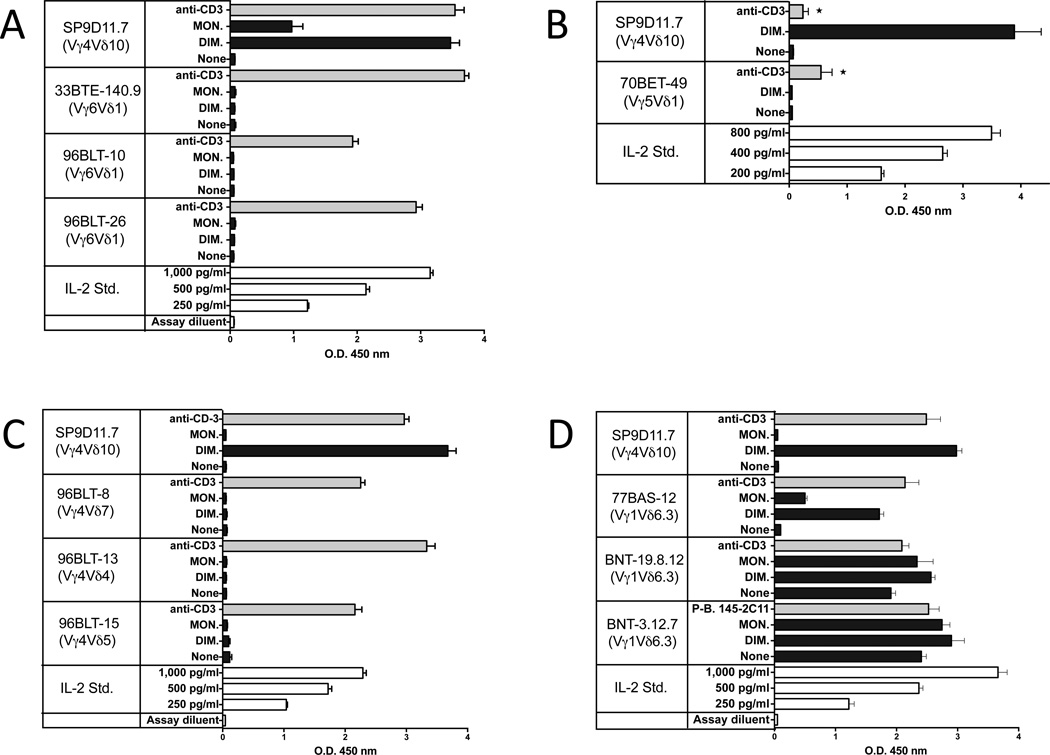Figure 7. Limitations in the TCR repertoire of γδ T cells responsive to the oxidized dimeric B:9-23 antigen.
Panel A Hybridomas expressing Vγ6Vδ1 fail to respond to dimeric B:9-23
Panel B A hybridoma expressing Vγ5Vδ1 fails to respond to dimeric B:9-23
Panel C Several hybridomas expressing Vγ4 fail to respond to dimeric B:9-23
Panel D High spontaneous reactivity makes it difficult to detect B:9-23 reactivity in most Vγ1+ hybridomas, but hybridoma 77BAS-12 (Vγ1+Vδ6.3+) is a responder.
For all panels, culture conditions and peptide stimulation were as described for Fig.2, panel C. Cellular responsiveness was determined by stimulation with plate-bound anti-CD3ε mAbs, except for panel B (asterisks). Here, soluble anti-CD3ε mAbs were used (10 µg/ml), which provide a weaker stimulus. Responses were measured in triplicate using ELISA for IL-2. Bars show mean response values +/− SE.

